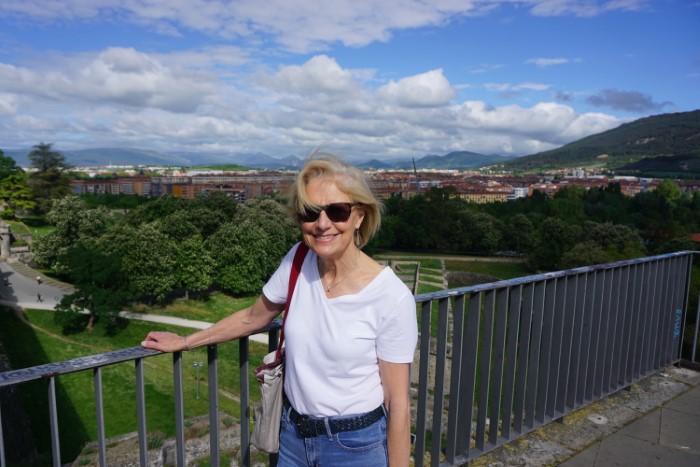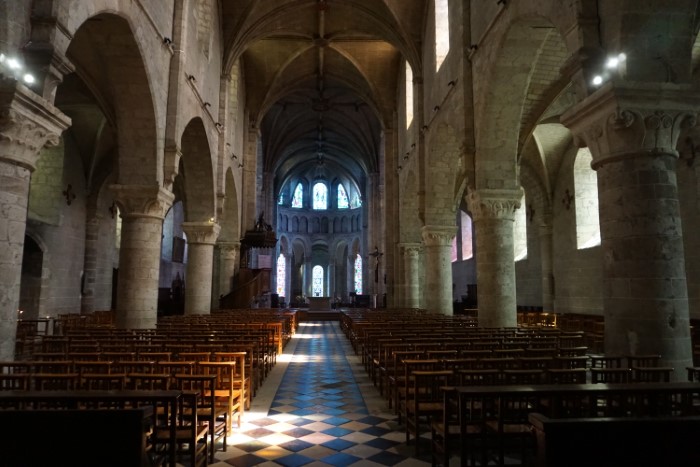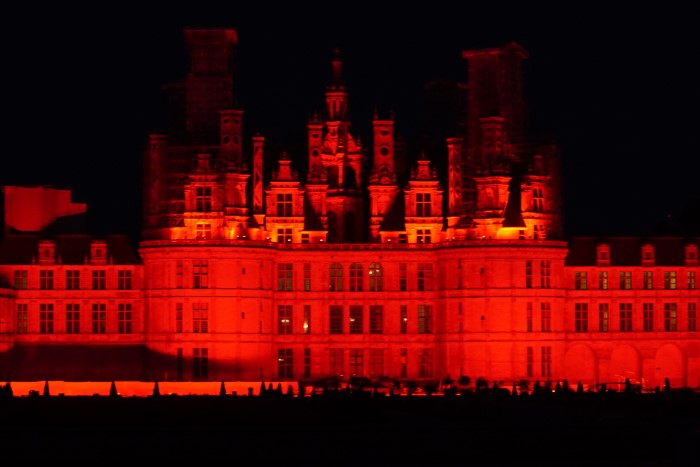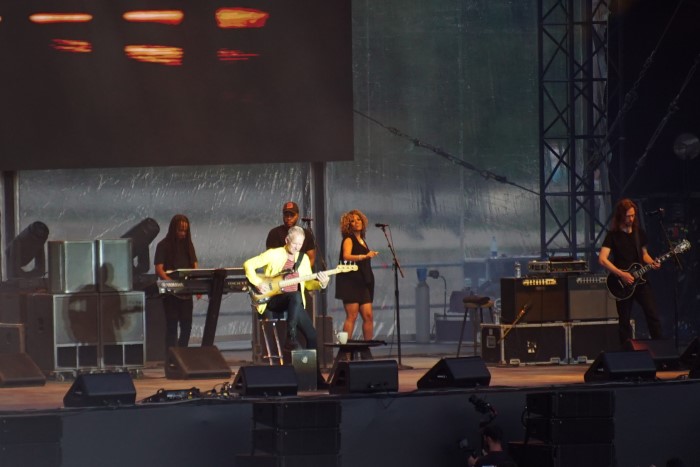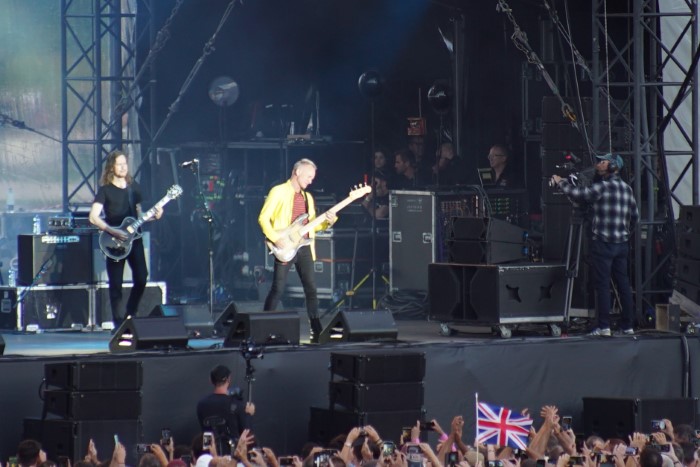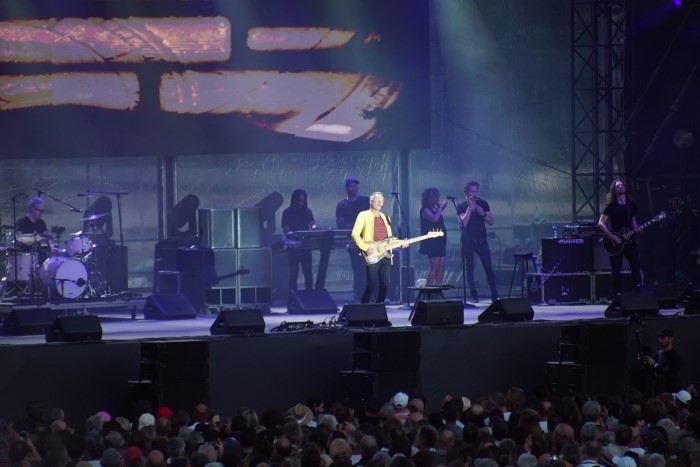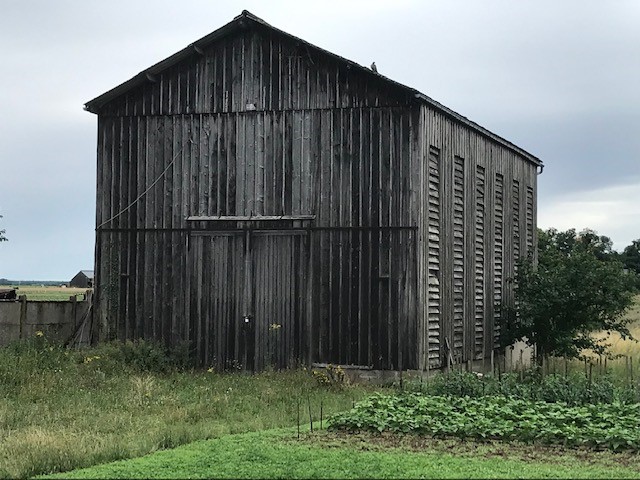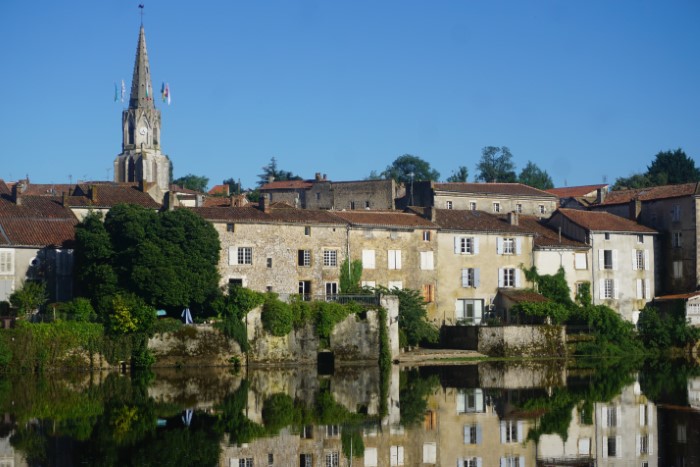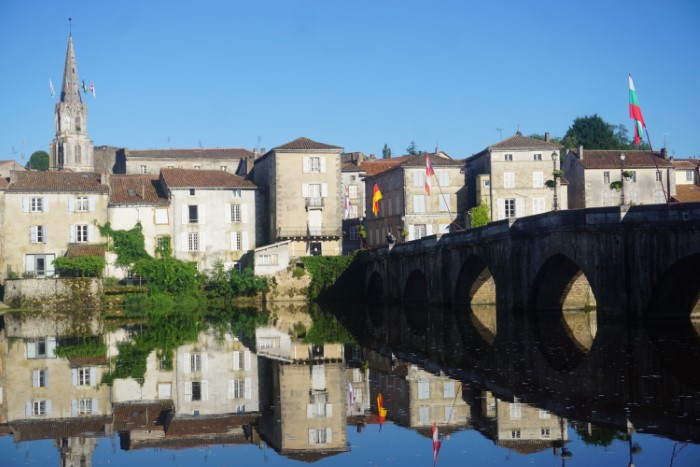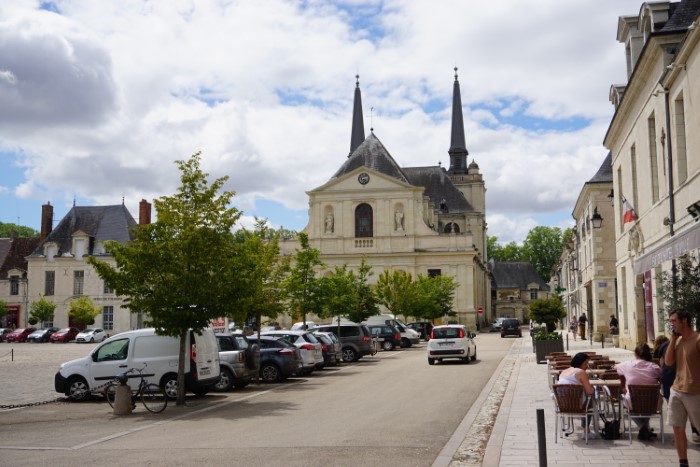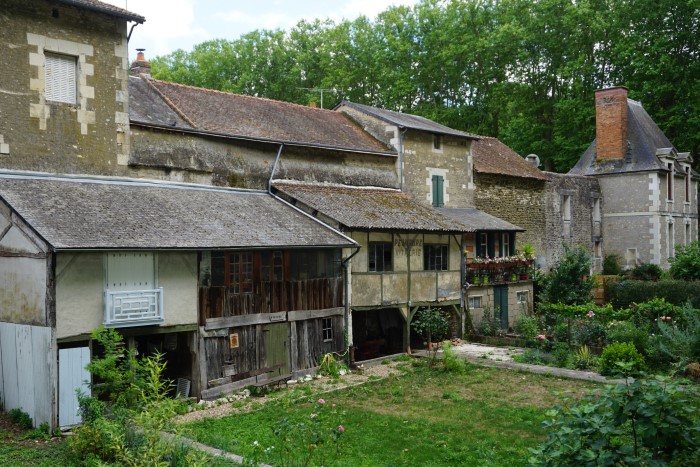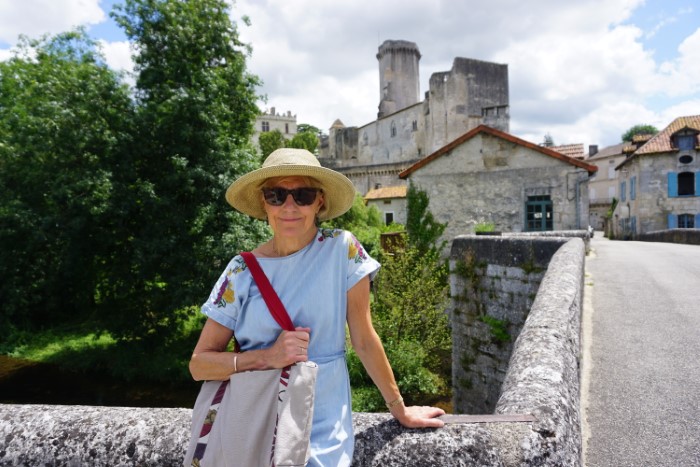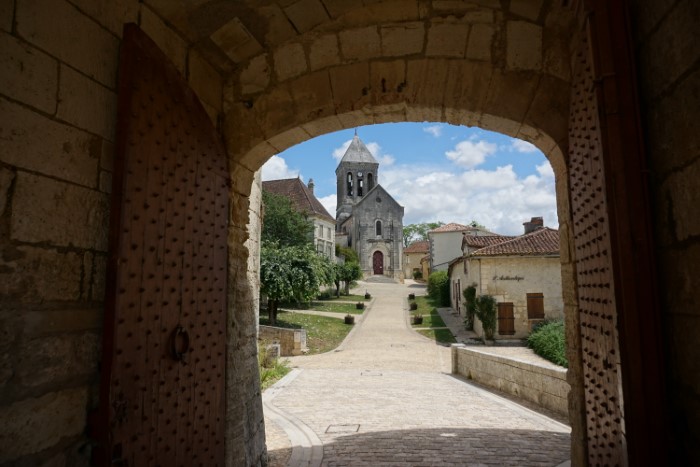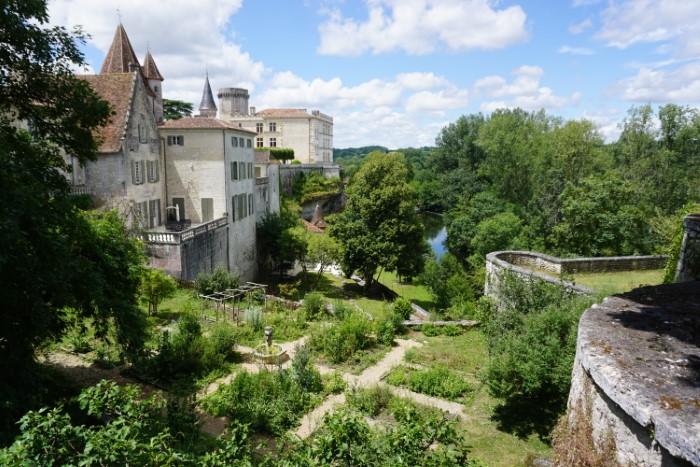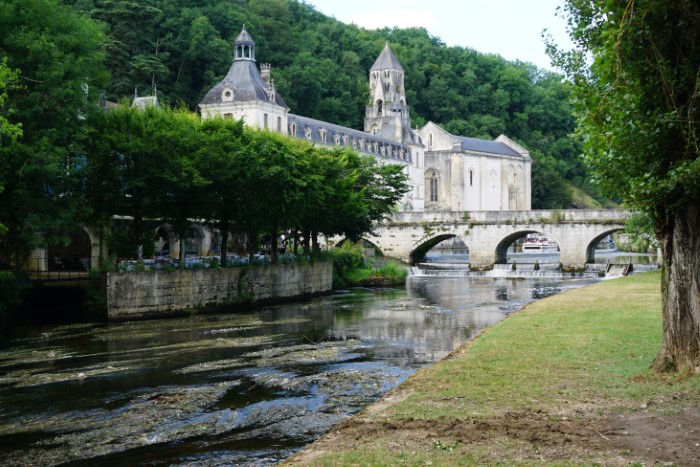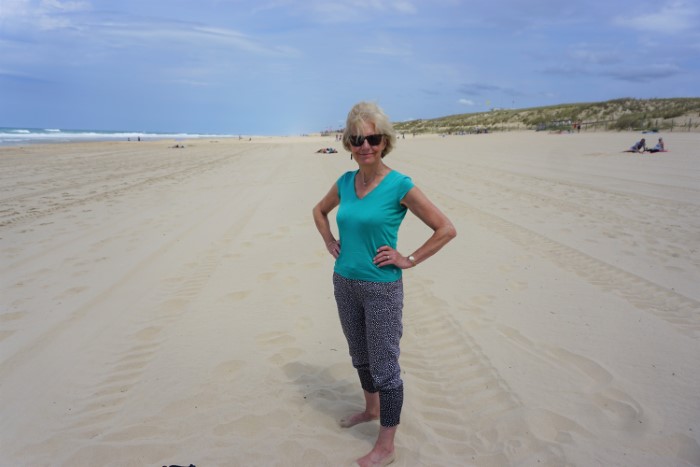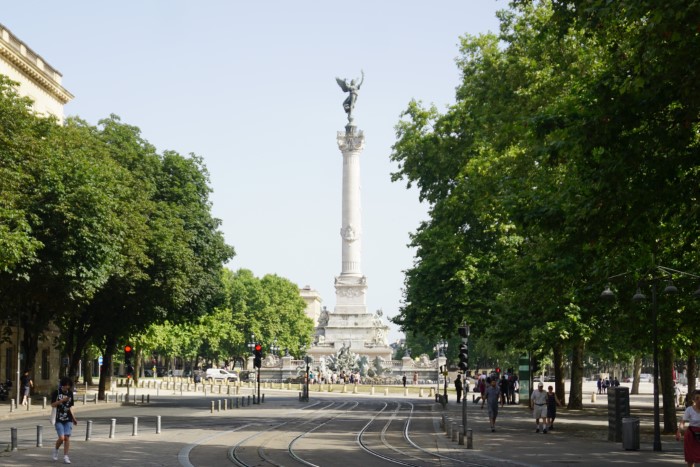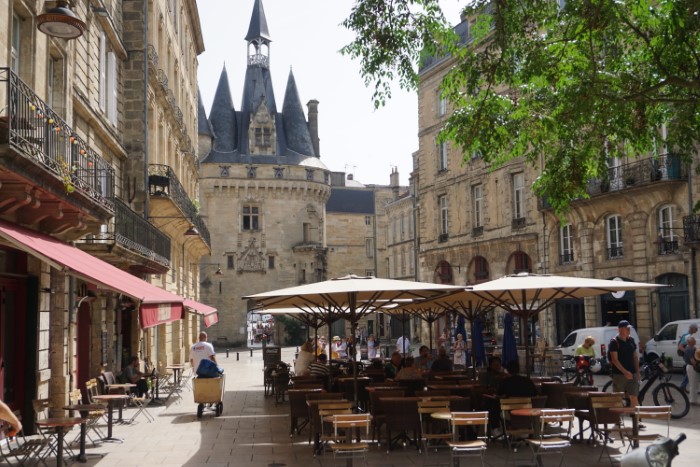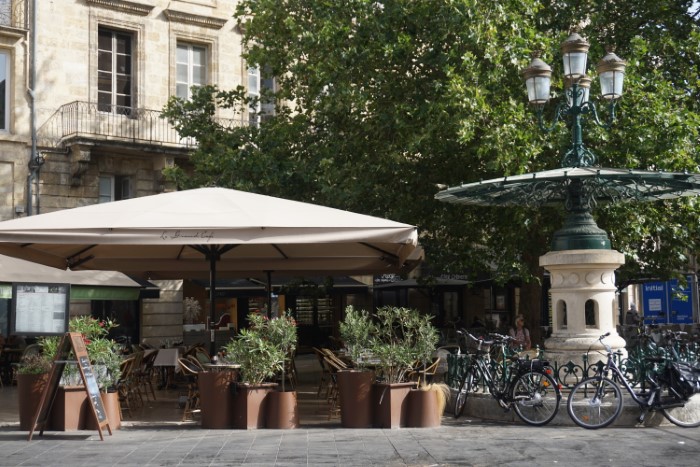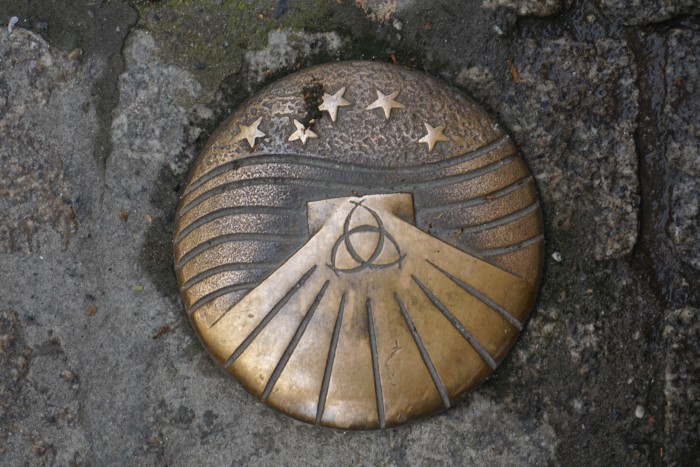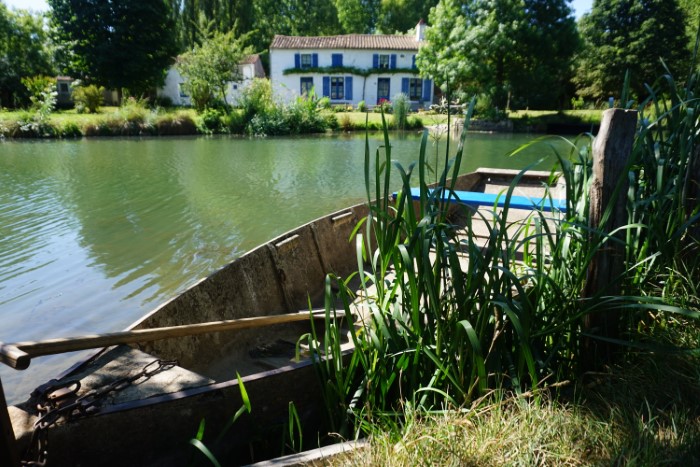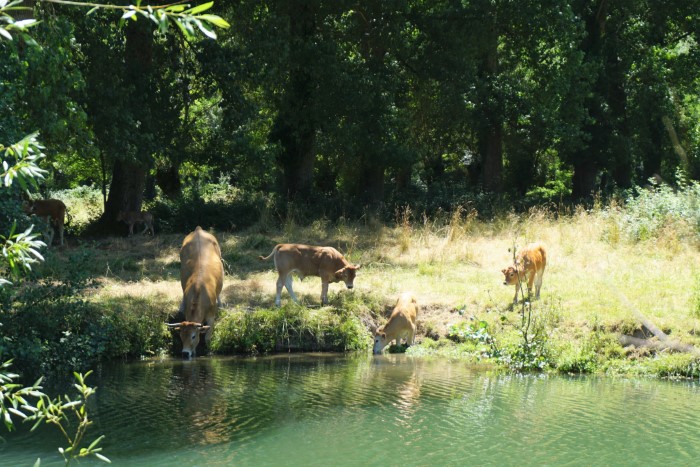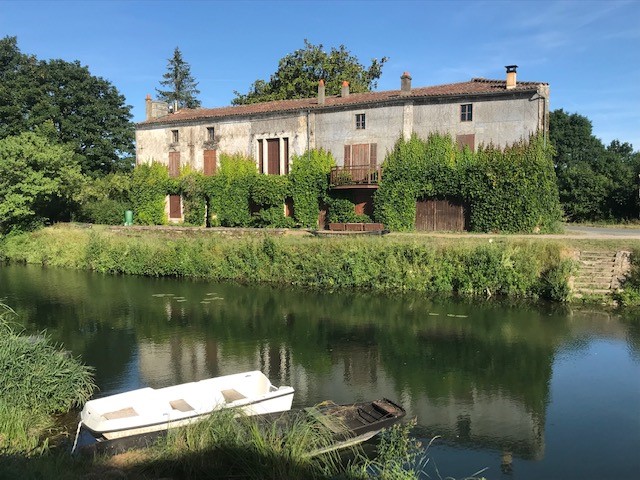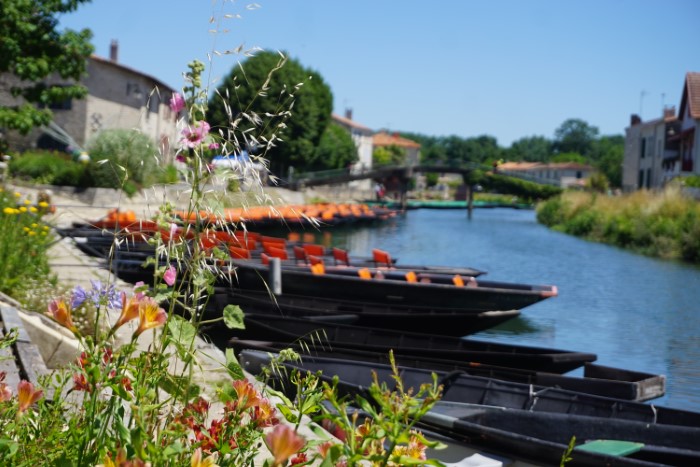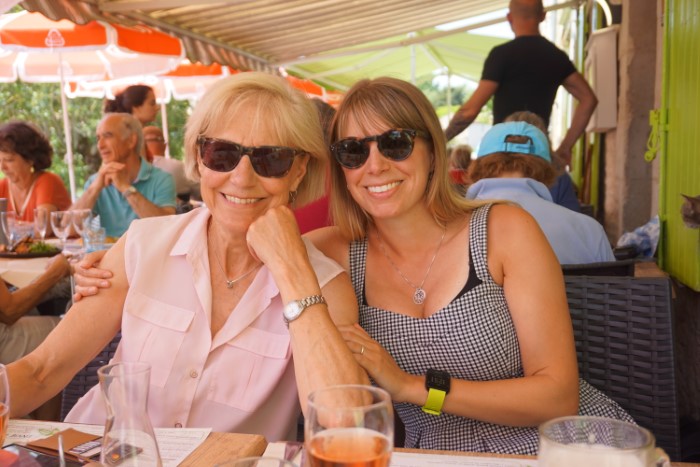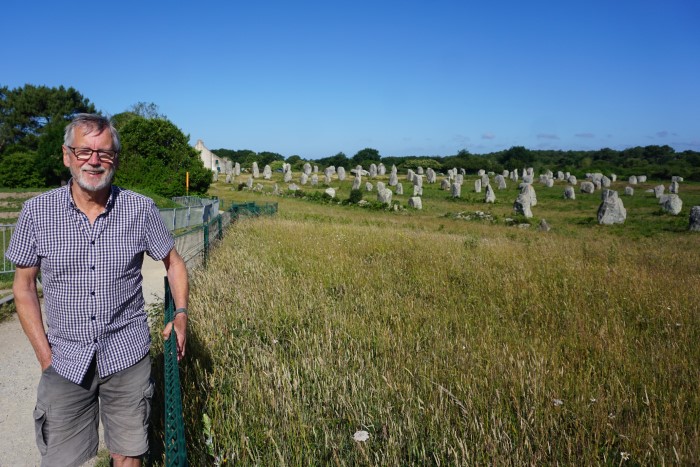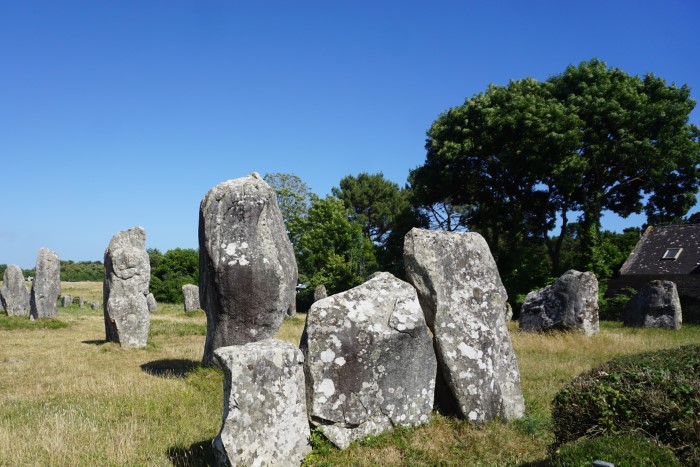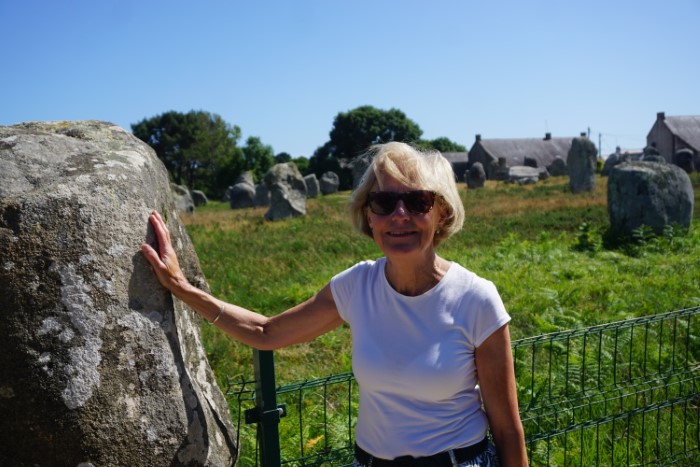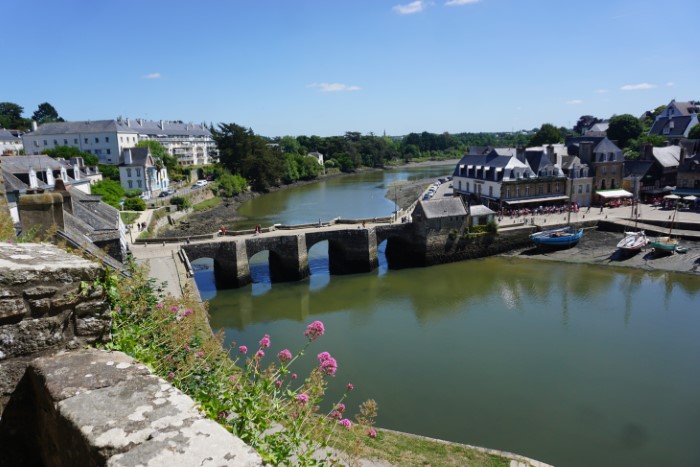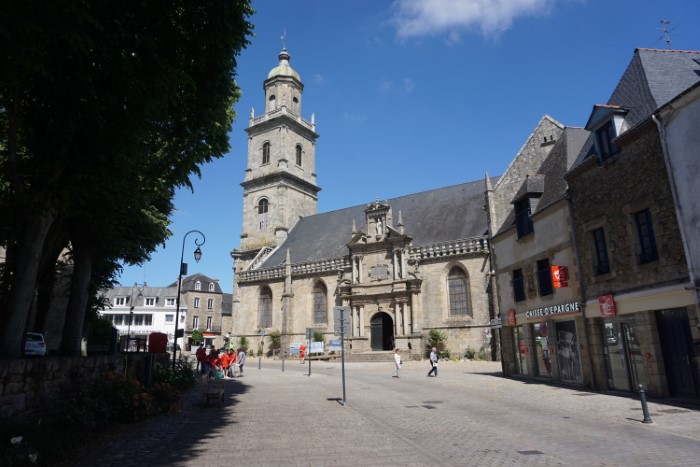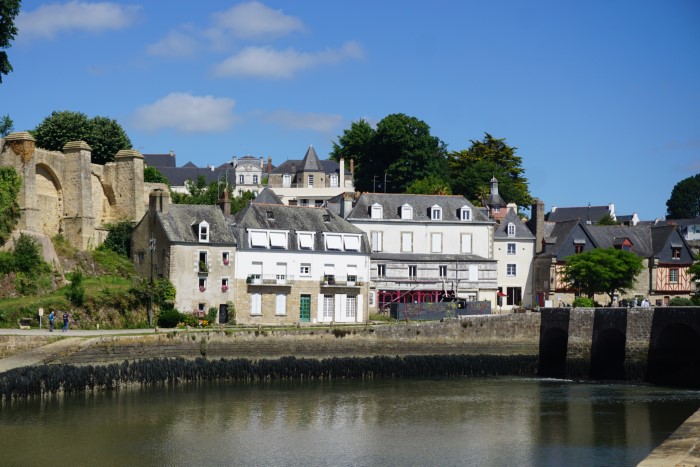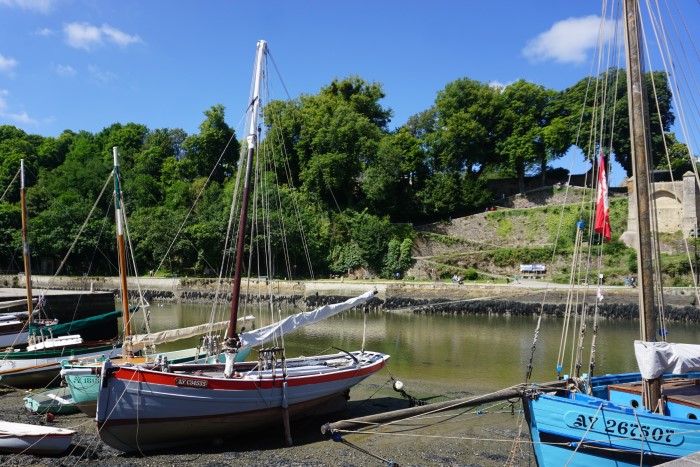We’d intended to visit Soria but failed to find a convenient parking place and decided to push on before my grumpyness could get a firm foothold. Instead, we stopped for lunch in the walled town of El Burgo de Osma, the centre of which has the appearance of being very original and untouched by the past several centuries. It was a pleasant place for a stroll but we eventually decided that it must have been cleverly but quite heavily rebuilt in recent years – no harm in that but it was a bit like the woodman’s axe (if the shaft and head have both been replaced it tends to detract from the originality.
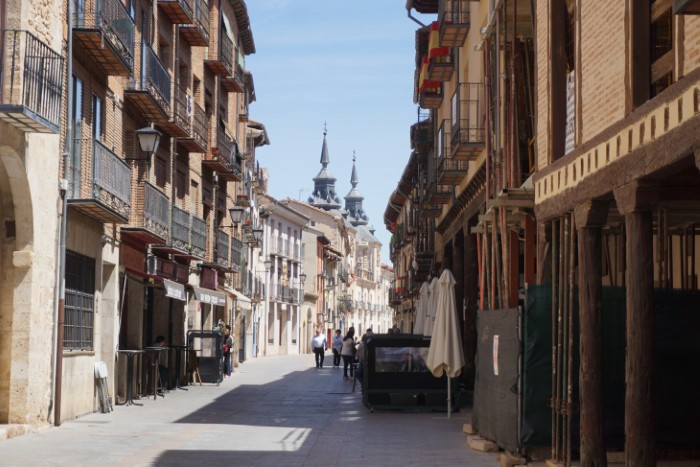
Our destination for the day was Segovia. We’d planned to stay at a campsite on the outskirts of the city but arrived to find that, much to the frustration of the occupants of a couple of other vans that were trying to gain entry, and despite having an active presence on the web, the place was shut up with no sign of being in use. In fact that did us a favour as the camperstop we ended up in was next to the bullring and only a mile’s walk from the centre of the city.
The one thing you really mustn’t miss if/when you visit Segova is the aqueduct that runs into, and across the centre of the city. By good luck our walk into town took us along the route followed by this masterpiece of roman engineering. Built in the second half of the First Century AD it really is a phenominal sight and despite undoubtably having been maintained over the years (a bit like the axe) it richly deserves its World Heritage status.

